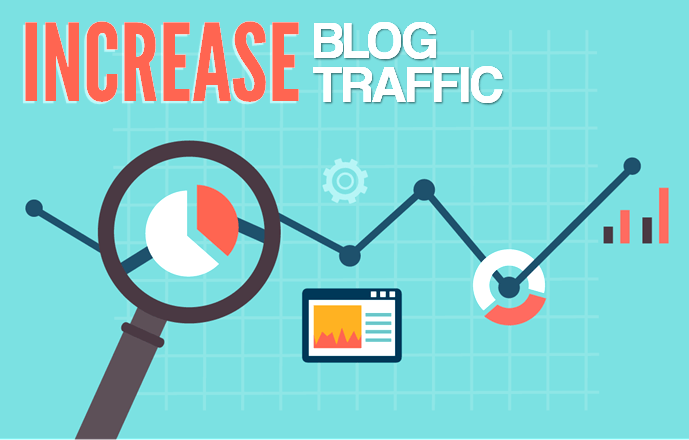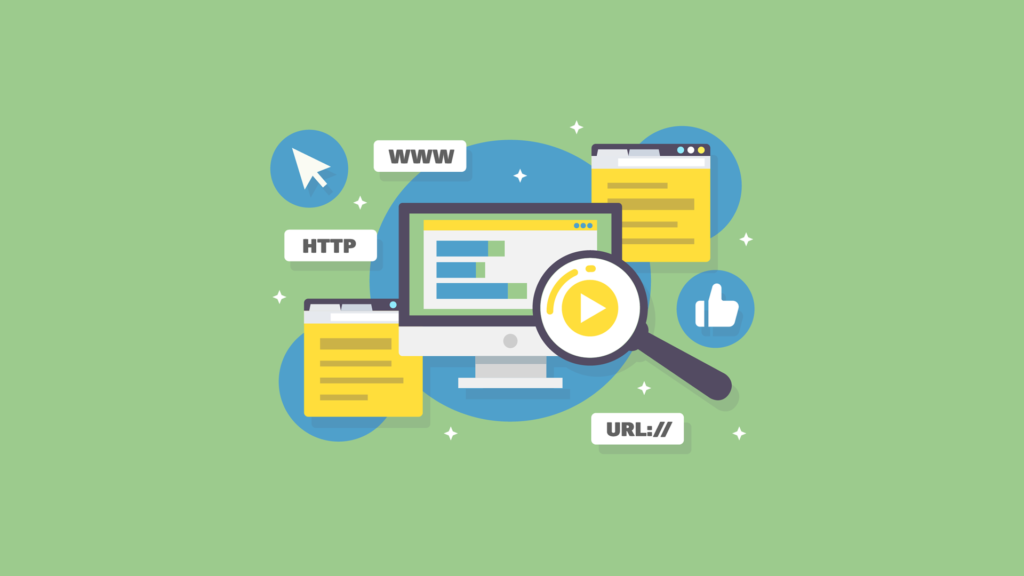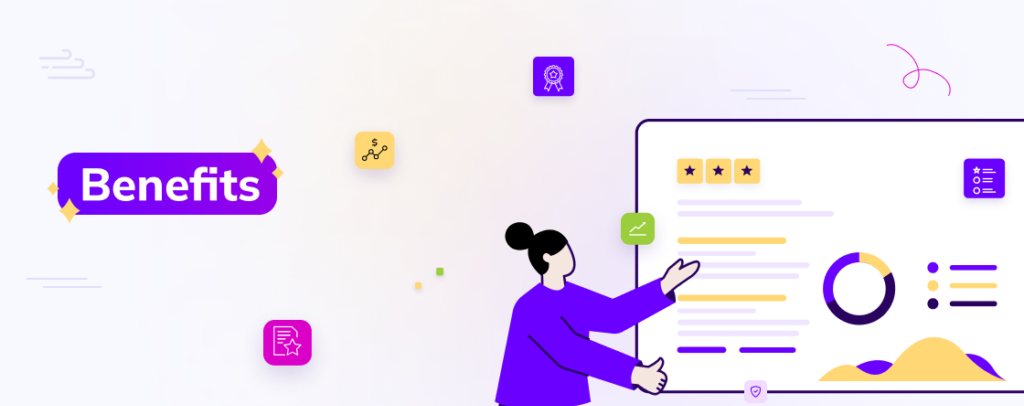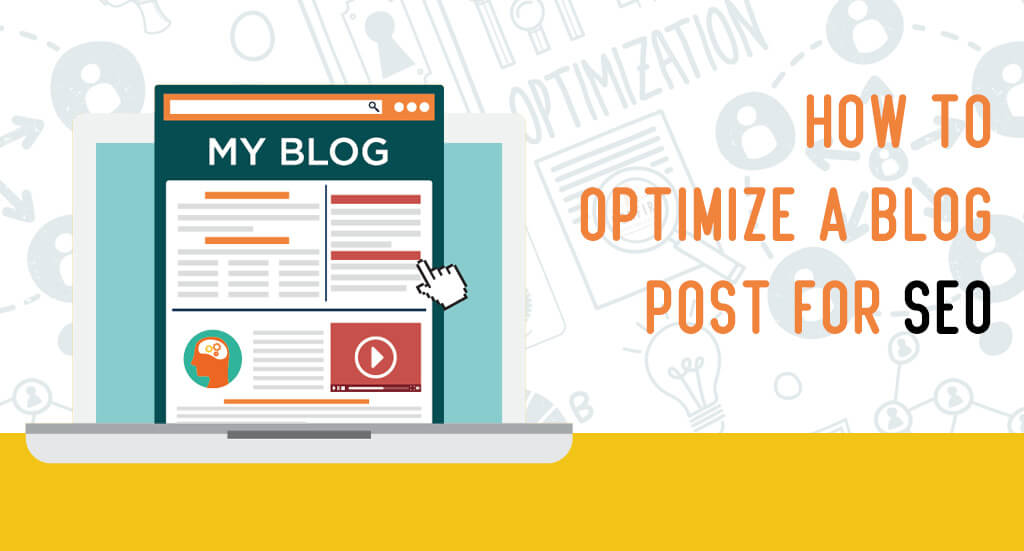Blog Optimization: How to Grow Traffic and Engagement

Blog Optimization involves a series of strategic steps to enhance its visibility, engagement, and effectiveness in achieving its intended goals. Creating and refreshing existing blogs with search engine optimization (SEO) in mind is an art. There’s a strategy to it, and a well-executed strategy can turn acceptable copy into content that attracts. The right audience to your website establishes you as a thought leader in your niche.
Table of Contents
Add a header to begin generating the table of contents
What Is Blog Optimization?

Blog optimization will improve your blog content to improve its visibility on search engines, level of engagement, and effectiveness. The goal here is to make your content more attractive to not just search engines but to readers too. A blog not only helps a business position itself as a thought leader. It also supports the business in establishing a dialogue with its target audience, collecting leads, and providing an SEO boost.
Benefits of Optimizing Blog Posts

By optimizing your blog posts offers a range of significant benefits for businesses and individuals looking to maximize their online presence and achieve specific goals. While optimizing the content you already have has several interests
Improved Search Engine Visibility:
An optimized blog posts are more likely to rank higher in search engine results pages (SERPs) for relevant keywords. By implementing SEO best practices such as keyword research, proper use of headers and meta tags, and internal linking, blogs can attract more organic traffic from search engines.
Increased Organic Traffic:
Higher search engine rankings lead to increased organic traffic to your website. These optimized blogs appear on the first page of search results are more likely to be clicked on by users seeking information or solutions related to your industry.
Enhanced User Engagement:
Well-optimized blogs are crafted to be informative, valuable, and easy to read. They cater to the needs and interests of your target audience, encouraging visitors to spend more time on your site. Engaged users are more likely to explore other content and take desired actions, such as subscribing to newsletters or making purchases.
Establishment of Authority and Thought Leadership:
Consistently publishing optimized blogs demonstrates expertise and authority within your niche. By addressing industry trends, offering valuable insights, and solving common problems, your blog positions your brand as a trusted source of information. This enhances credibility and builds trust with your audience.
Support for Lead Generation and Conversions:
Our optimized blogs can include strategic calls-to-action (CTAs) that guide visitors toward conversion points, such as signing up for a webinar, downloading a resource, or purchasing. By aligning content with conversion goals, you can nurture leads and move them through the sales funnel more effectively.
How to Optimize Blog Posts for SEO

The optimized blog posts for SEO (Search Engine Optimization) involves several key steps and best practices to ensure your content ranks well in search engine results and attracts organic traffic. Here’s a comprehensive guide on how to optimize your blog posts for SEO:
Identify Your Audience
Before diving into keyword research and content creation, it’s essential to identify your target audience. Understanding who your audience is will guide your keyword research, content creation.
First, You need to know who your readers are. You can identify them based on multiple characteristics. Such as their demographic attributes, professional details, and where they lie in your conversion funnel.
Based on such characteristics, you’ll be able to create personas for your users. Having 3-5 reader personas will help you write for all your audience while being specific to their interest areas.
Improve Readability
There are different ways to make your blog more “readable” for your audience. These ways can be broadly divided into three categories:
- Legibility: Clarity of visual design and typography.
- Readability: Complexity of words and sentence structure.
- Comprehension: Ease of understanding the text and drawing valid conclusions.
- Improving the legibility of your blog is the most fundamental of these three aspects.
Use straightforward language that resonates with your audience, avoiding unnecessary jargon or complex sentences. Utilize subheadings to organize content effectively, guiding readers through your post with clear, descriptive headings.
Conduct user testing for your blog to find out the most effective typography and formatting style for your blog.
On the other hand, the readability of your blog content depends on the written text. Various readability tests help to know if your content is easy to grasp or not. Implement different persuasive copywriting techniques, and check the kind of vocabulary you’re using. User personas will again help you here by giving you an idea about your readers’ comprehension level.
Offer Easy Navigation
You don’t want your readers to come to your blog, read once, and leave. You want them to stay for as long as possible, and develop a liking for it.
To keep them hooked to your blog, you need to provide easy navigation within the blog. Links to “Previous posts,” and “Related Posts” help. The more content your readers consume, the higher the chances they’ll transact with you eventually. Additionally, the fewer visitors bounce from your blog, the better it will rank on search engines. (More on this later in the post.) To help readers who are interested in specific keywords or content, include a section listing all the post categories.
Incorporate internal links strategically to guide readers to related content, encouraging deeper engagement with your site. By improving navigation elements within your blog posts, you can improve user experience and keep readers engaged throughout their visit.
Minimize Page Load-time
Reducing page load time is essential for optimizing user experience and improving site performance. Here’s how you can achieve faster load times:
To ensure an optimal user experience on your blog, minimizing page load time is crucial. Start by optimizing images through compression without sacrificing quality, using formats like JPEG or Web Page . Implement lazy loading for images to defer their loading until they’re needed, enhancing initial page rendering speed.
Enable browser caching to store static resources locally on users’ devices, reducing server requests and speeding up subsequent visits. Additionally, minify CSS, JavaScript, and HTML files by eliminating unnecessary characters, such as spaces and comments, to decrease file sizes and accelerate loading times.
Regularly monitor your blog’s performance using tools like Google Page Speed Insights or GT metrix. These tools identify areas for improvement and help maintain fast load times, ensuring a seamless browsing experience for your audience. By implementing these strategies, you can significantly enhance your blog’s speed, usability, and overall user satisfaction.
Cut Down Bounce Rate
Reducing bounce rate is critical for improving the effectiveness of your blog and engaging visitors more effectively. Here are strategies to achieve this:
To decrease bounce rates on your blog, focus on several key strategies. First, ensure that your content is relevant and meets the expectations set by your titles and meta descriptions. This alignment helps visitors find the information they seek quickly, encouraging them to explore further.
Improve the readability of your blog posts by using clear headings, concise paragraphs, and bullet points to make information easy to digest. Engaging visuals such as images, videos, and infographics can also capture attention and encourage visitors to stay longer on your site.
Also, review your blog data to find the bounce rate for mobile users. If the bounce rate is high specifically for mobile users, it’s an indication that your blog lacks mobile optimization.
Optimize Your Social Sharing Options
Social media is one of the biggest platforms where a blog can get traffic from (along with search engines and email). And for most blogs, it’s the preferred medium for content promotion.
So if you, too, want to extract the full juice out of social media, your blog needs to have optimized social sharing options.
Ensure that your social share buttons are professionally built, and blend well with the overall theme and design of your blog. The buttons should be easy to find on the blog, and allow sharing on all of the relevant social media channels. Display the number of social shares along with the buttons to establish social proof.
Provide a Prominent Search Box
By providing a prominent search box is crucial. This allows visitors to quickly find specific content they’re interested in without having to manually browse through your site.
Many times, visitors to your blog are unable to track the content they wish to read. They don’t want to go through multiple listing pages, or an infinite scroll to find that content piece. This is when search boxes come in handy.
A prominently placed search box, ideally located in the header or sidebar of your blog, ensures visibility and accessibility across all pages. Make sure the search box is large enough and prominently displayed with a clear label, such as “Search” or “Find”, to encourage usage.
Additionally, consider enhancing the search functionality by implementing autocomplete suggestions or filters to help users refine their search queries. This not only improves user satisfaction but also reduces bounce rates by guiding visitors to relevant content more efficiently.
Other SEO Tweaks

Place Keywords Appropriately:
Make sure you include your target keywords in all the critical HTML tags of your blog. Use the title tag and meta tags to strategically place your target keywords.
Add “alt-text” for Multimedia:
For all the multimedia featured on your blog, you need to accompany them with appropriate alt-text. The alt-text should again be keyword driven, and comprehensive.
Search engines crawling your blog identify the multimedia using their alt-text.
Choose URL Strategically:
The URL of each blog post should include the keyword(s) you target with the post, but not be too long.
If you have a WordPress blog, you can install plugins that can help you make these tweaks. Our favorite SEO plugin is Yoast. The plugin tracks the SEO for each of our posts and gives an actionable report at the end.
Blog Optimization Checklist
Here’s a comprehensive checklist to guide you through the process of blog optimization:
Content Quality
- Conduct Keyword Research
- Update Existing Content
- Use Clear Headlines and Subheading
- Include a Call to Action (CTA)
SEO Best Practices
- Optimize Meta Tags
- Use Alt Text for Images
- Add Internal and External Links
Enhancing User Experience
- Ensure Mobile Responsiveness
- Improve Page Load Speeds
- Use Engaging Visual Content
- Provide Easy Navigation


